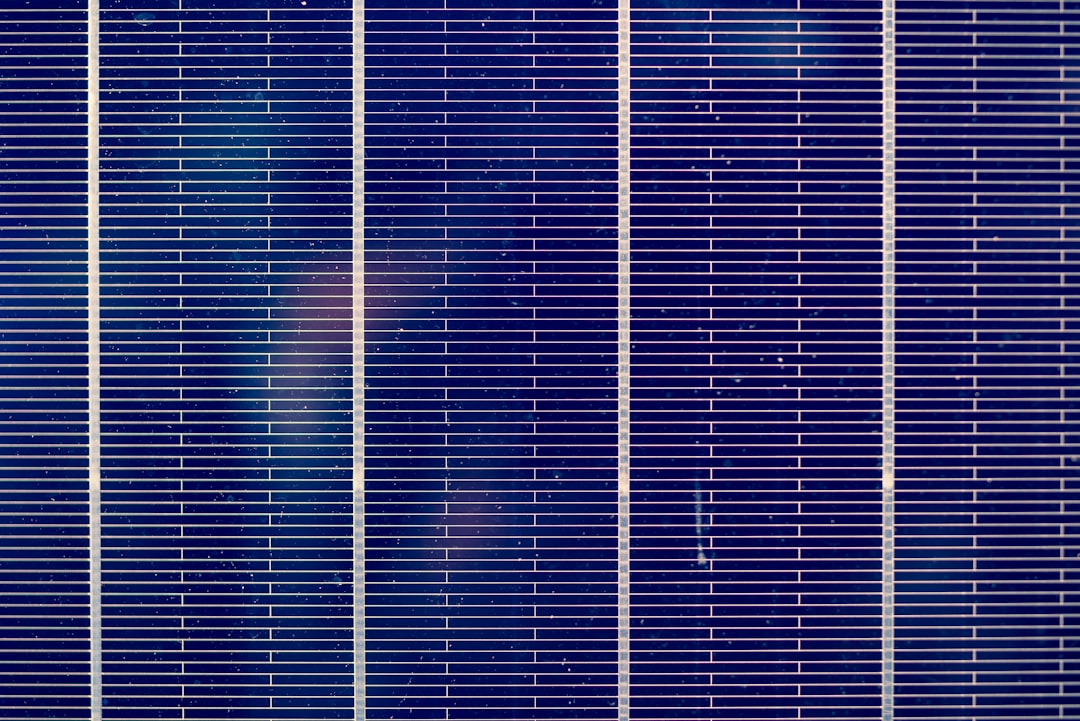What is it about?
Palm oil industry, especially in Malaysia, still faces noticeable oil losses in various parts of its operation. One of them is through its oil clarifier, mainly in the form of sludge oils. In recent years, most mills employ two or three-phase decanter to further recover the oils as well as removing the POME (liquid) and decanter cake (solids). Current method used is via soxlet extraction using n-hexane as a solvent. This study attempts to replace it with d-limonene as a plant-based solvent in the extraction method as it is considered as green solvents and more environmentally friendly. Results show that d-limonene is comparable to n-hexane in terms of oil extracted and more than 90% d-limonene could be recovered for future experiment.
Featured Image
Why is it important?
It is high time to replace n-hexane to more natural based solvent in soxlet extraction experiment such as the d-limonene for oil recovery in the mill. Apart from its origin from fossil fuels which could further deteriorate the environment via generation of GHGs, n-hexane is also found to cause infertility to women if exposed to this gas for prolonged period.
Perspectives
This study is useful from the environmental perspective as D-limonene which is used as the solvent is originally from plant-based and it can be recovered after use for cost savings.
Professor Dr Ayub Md Som
Universiti Teknologi MARA
Read the Original
This page is a summary of: Recovery of Residual Crude Palm Oil (RCPO) from Oil Palm Decanter Cake (OPDC) Using D-Limonene, Advanced Materials Research, July 2015, Trans Tech Publications,
DOI: 10.4028/www.scientific.net/amr.1113.405.
You can read the full text:
Contributors
The following have contributed to this page










